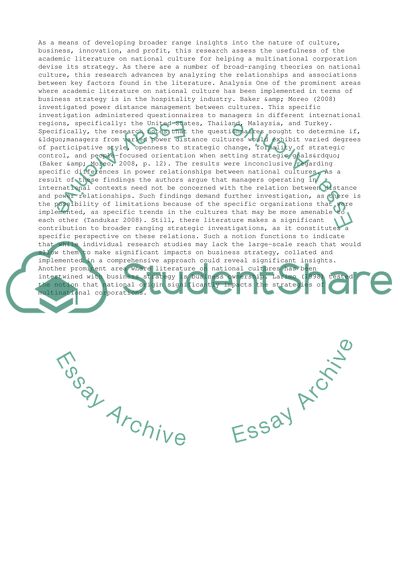Cite this document
(“The Usefulness of the Academic Literature on National Culture for Essay”, n.d.)
Retrieved from https://studentshare.org/business/1448525-assess-the-usefulness-of-the-academic-literature
Retrieved from https://studentshare.org/business/1448525-assess-the-usefulness-of-the-academic-literature
(The Usefulness of the Academic Literature on National Culture for Essay)
https://studentshare.org/business/1448525-assess-the-usefulness-of-the-academic-literature.
https://studentshare.org/business/1448525-assess-the-usefulness-of-the-academic-literature.
“The Usefulness of the Academic Literature on National Culture for Essay”, n.d. https://studentshare.org/business/1448525-assess-the-usefulness-of-the-academic-literature.


